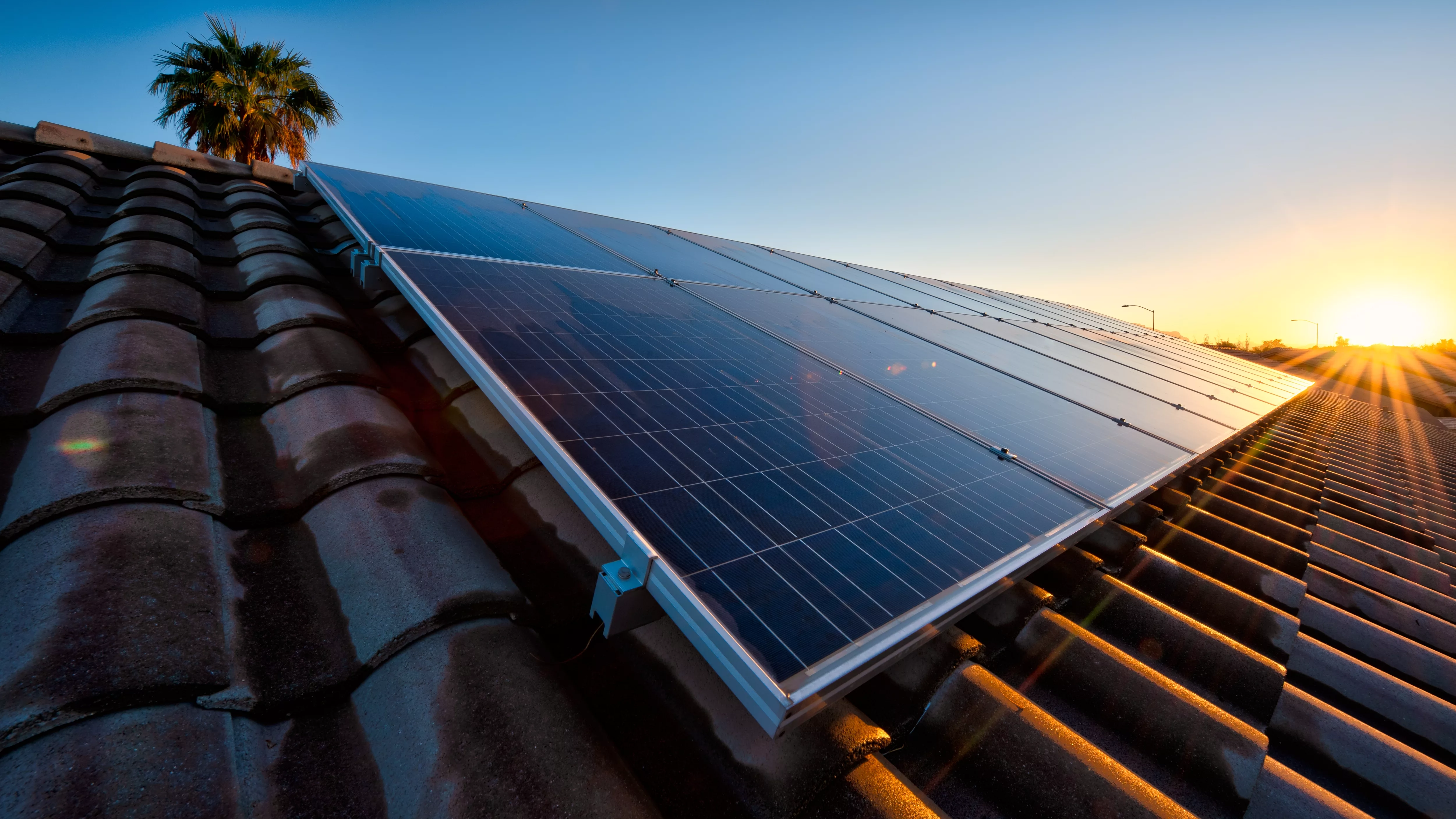Great things in business are never done by one person. They're done by a team of people.
Solar Electricity.
Powering Tomorrow with the Sun's Energy Today!
 Enter your address
Enter your address
What is Solar Electricity?
Welcome to the future of sustainable energy! Solar electricity harnesses the power of the sun to generate clean and renewable electricity, reducing your carbon footprint and energy bills. Our solar solutions not only help you save money but also contribute to a greener planet.
Whether you’re looking to power your home, business, or remote location, solar electricity is the eco-friendly choice that empowers you to take control of your energy needs while making a positive impact on the environment. Join us in the solar revolution and unlock the benefits of a brighter, cleaner, and more sustainable future.
The Green Revolution
Environmental Benefits Of Solar Electricity
Reduced Greenhouse Gas Emissions
Solar electricity generation produces no direct greenhouse gas emissions. By replacing fossil fuel-based electricity generation with solar power, we can significantly reduce carbon dioxide (CO2) and other harmful pollutant emissions, which are major contributors to global warming and climate change.
Improved Air Quality
Solar energy generation doesn't release air pollutants like sulfur dioxide (SO2), nitrogen oxides (NOx), or particulate matter. This leads to improved air quality, reducing respiratory and cardiovascular health problems, and enhancing overall public health.
Conservation of Natural Resources
Solar electricity doesn't require the extraction and burning of finite fossil fuels, which preserves valuable natural resources and reduces environmental damage caused by resource extraction.
Water Conservation
Traditional electricity generation methods are water-intensive, consuming vast amounts of water for cooling and other processes. Solar electricity generation consumes very little water, helping to conserve this precious resource and mitigate water scarcity issues.
Minimized Land Disturbance
Solar panels can be installed on various surfaces, including rooftops and degraded or unused land, minimizing the need for new land development. This land use efficiency helps preserve natural habitats and reduces habitat destruction.
Biodiversity Preservation
By minimizing land disturbance and habitat destruction, solar energy contributes to the preservation of ecosystems and biodiversity. Healthy ecosystems play a critical role in maintaining a balanced environment.
Energy Independence
Solar electricity reduces dependence on imported fossil fuels, enhancing energy security and reducing vulnerability to geopolitical tensions related to energy resources.
Reduction in Transmission and Distribution Losses
Solar panels can be installed close to where electricity is consumed, reducing the need for long-distance transmission and distribution, which typically results in energy losses along the way.
Technological Advancements
Ongoing research and development in solar technology are leading to improvements in efficiency, affordability, and sustainability, making solar energy even more environmentally friendly.
Carbon Sequestration
Natural landscapes preserved through reduced land disturbance can act as carbon sinks, absorbing and storing carbon dioxide from the atmosphere, further aiding in the fight against climate change.
Sustainable Living. Eco-Friendly.
SolHome. Smart clean living.
How does it work?
- Sunlight Absorption
Solar panels, composed of numerous photovoltaic cells, are installed on rooftops, open land, or even integrated into building materials. When exposed to sunlight, these panels absorb photons from the sun. - Electron Liberation
The energy from absorbed photons excites electrons within the photovoltaic cells, causing them to become mobile. - Electric Current Generation
The excited electrons create an electric current when they flow through the cells. This current is then captured and converted into usable electricity. - Conversion and Distribution
Inverters are employed to convert the direct current (DC) electricity produced by the cells into alternating current (AC), which is the standard form of electricity used in homes and businesses. This AC electricity can be consumed directly or sent back to the grid.
